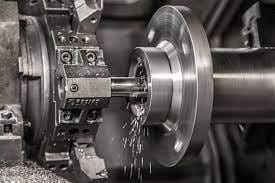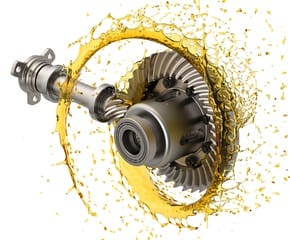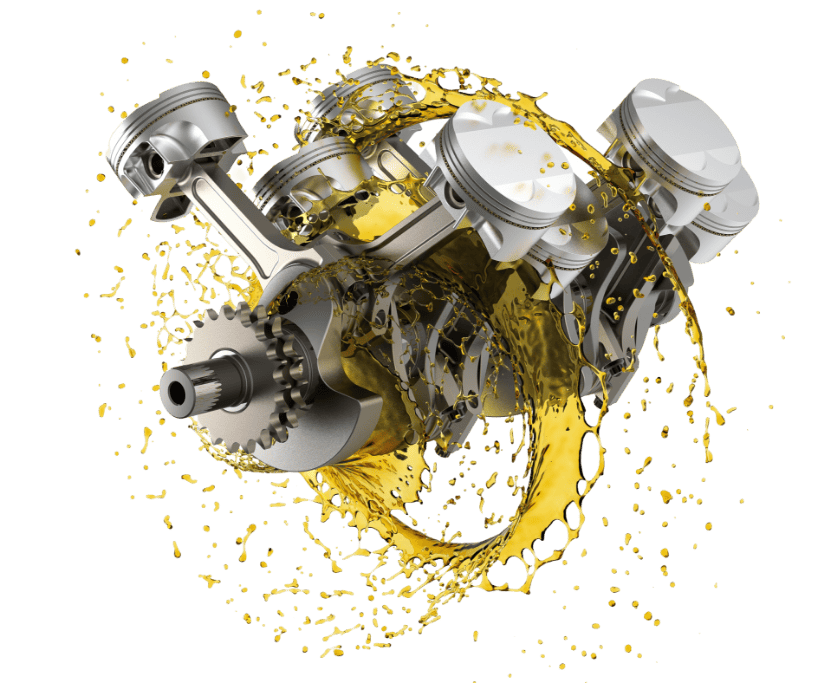Objectives for maintenance of coolant
1) A suitable and good quality coolant can be used at all times.
2) Makes the usage of the coolant last longer. Therefore, it can prolong the replacement time and save cost.
3) Make the work piece have the size and quality as specified all the time.
4) Make tool life as specified.
5) prevent problems that may occur such as rust on workpieces or machines, premature rottenness, employee allergies, problems with smell and mist of coolant
It is very important to monitor and maintain the quality of the coolant. The condition of the coolant should be monitored and monitored for problems. Things that should be done in the surveillance include checking the condition of the system, measuring various parameters from the cooling oil mixing stage as follows.
1) Mixing of coolant oil (Mixing)
The behavior of the coolant mixing is quite important for the efficiency of the application and the consumption of the coolant. Procedure for mixing coolant that does not
Note: The coolant and water mixture must be mixed by slowly pouring the oil into the water. and stir to combine Do not mix by pouring water into the coolant. This will cause the coolant to mix poorly with water and clump together. Or there will be separation in the cooling oil system. Alternatively, it may be used to mix the coolant using an automatic mixer (Auto coolant mixer) for better mixing efficiency.
2) Quality of water mixed with cooling oil (Water Quality)
- Water hardness Water hardness suitable for mixing with coolant should be between 80-125 ppm. Water with hardness below 80 ppm is prone to foaming and If the water is very hard (over 300 ppm.), there will be a high amount of minerals in the water, which
- Hardness 80-125 ppm
- Chloride, sulfate (Chloride, Sulfates) < 50 ppm
- Phosphates < 30 ppm
3) Checking the concentration of coolant (Fluid concentrations)
Concentration measurement using a camera (Hand-Refractometer)
Camera Refractometer It is a simple, inexpensive instrument that can be used to quickly determine the concentration of coolant (% Brix). and can be easily carried The coolant concentration should be measured daily. Because the concentration of coolant directly affects the performance of the coolant. If the concentration is too low Will affect the lubrication efficiency of the coolant reduced. causing the surface to not work according to the control value The service life of the cutting knife decreases (Short Tool life) or even affects the rust on the workpiece or inside the machine. Or it may cause the coolant to spoil prematurely. due to bacteria But if the concentration of coolant is too high than specified, there will be a negative effect as well. such as wasting a lot May be the cause of irritation or allergy, strong smell or cause a lot of foam while the machine is working.
4) pH measurement of coolant
The pH value is a measure of the acidity and alkalinity of the liquid. The pH of the liquid is 7, it is neutral. The pH higher than 7 is up to 14, it is an alkaline liquid (Alkaline) and the pH is lower than 7. It is an acidic liquid. The optimum pH range for water-based coolants should be between 8.5 and 9.5 or slightly alkaline, which is the range in which the oils have good flushing performance. It can also prevent corrosion (Corrosion), prevent allergies and bacterial growth. and other microorganisms well
In the event that the pH is below 8.5, the efficiency of the coolant is reduced. and will cause rust problems and growth of microorganisms in the system quickly And in the event that the pH is higher than 9.5, it may cause skin problems such as allergies or corrosion with non-ferrous metals (Non-Ferrous Metals) such as aluminum alloy.
The pH can be measured using litmus paper, which can be obtained from a coolant supplier. or may be purchased by a company that sells laboratory equipment An example of a simple pH test paper is shown in the figure below, or pH meters can be used for easier and more accurate readings. Using litmus paper is a cheap and easy way to check pH, and it’s a rough way to check pH, but it’s not very accurate.





